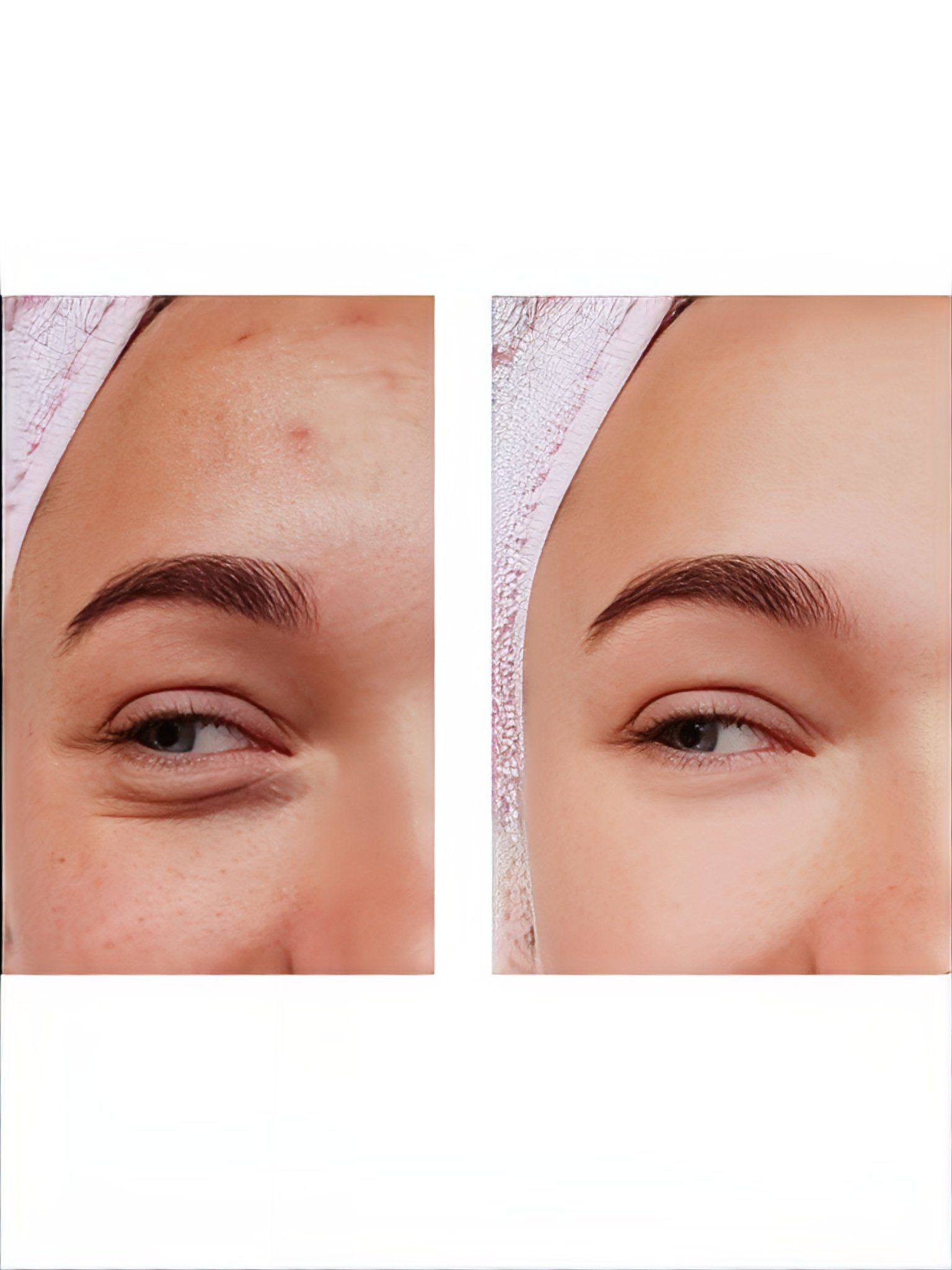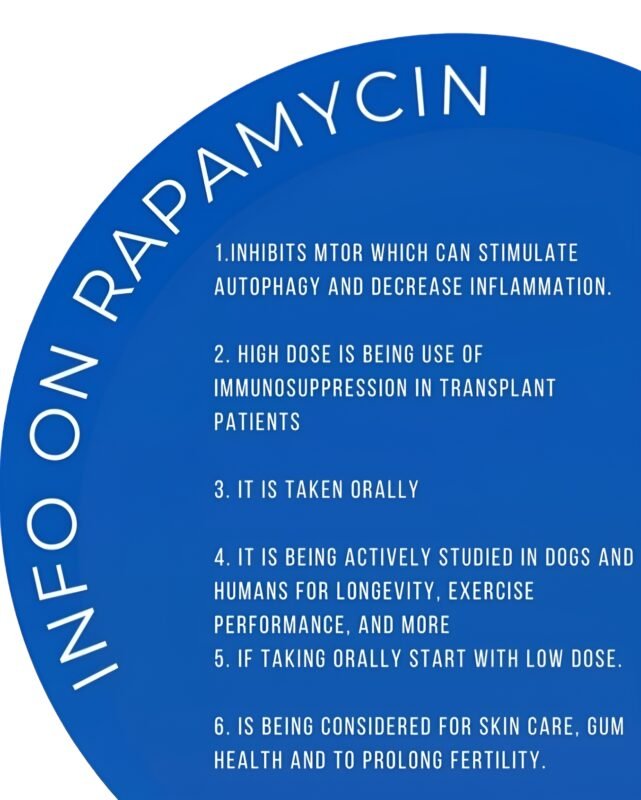Tretinoin, a derivative of vitamin A, has long been hailed as a gold standard in skincare for its remarkable ability to treat a myriad of skin concerns. From acne and hyperpigmentation to fine lines and wrinkles, tretinoin’s versatility and efficacy make it a go-to solution for achieving radiant, youthful skin. In this comprehensive guide, we delve into the various formulations, strengths, uses for different skin types, effectiveness, application tips, and precautions associated with tretinoin.
Understanding Tretinoin Formulations: Cream vs. Gel
Tretinoin is available in two primary formulations: cream and gel. While both formulations contain the active ingredient tretinoin, they differ in texture and composition. Tretinoin cream is typically richer and more emollient, making it suitable for individuals with dry or sensitive skin. On the other hand, tretinoin gel has a lighter texture and is preferred by those with oily or acne-prone skin. Choosing the right formulation depends on individual skin type and preferences.
Strengths and Concentrations
Tretinoin is available in various strengths, typically ranging from 0.025% to 0.1%. Higher strengths are often prescribed for more severe skin concerns, such as acne or photoaging, while lower strengths may be suitable for maintenance therapy or sensitive skin types. It’s essential to start with a lower concentration and gradually increase as tolerated to minimize irritation and side effects.
Uses for Different Skin Types
Tretinoin offers a multitude of benefits for different skin types:
Acne-Prone Skin: Tretinoin’s ability to unclog pores and regulate skin cell turnover makes it highly effective in treating acne and preventing breakouts.
Aging Skin: Tretinoin stimulates collagen production and promotes skin cell renewal, reducing the appearance of fine lines, wrinkles, and age spots.
Hyperpigmented Skin: Tretinoin helps fade dark spots and hyperpigmentation by accelerating skin cell turnover and promoting even skin tone.
Sensitive Skin: Individuals with sensitive skin may benefit from starting with a lower concentration of tretinoin and gradually increasing frequency and strength as tolerated. Additionally, using a moisturizer or applying tretinoin over moisturized skin can help minimize irritation.
Effectiveness and Results
Consistent use of tretinoin can yield significant improvements in skin texture, tone, and overall appearance. However, it’s essential to manage expectations and understand that results may take time to manifest. Most users begin to notice improvements within 6-12 weeks of regular use, with continued benefits over time. Patience and persistence are key to achieving optimal results with tretinoin.
Application Tips
To maximize the benefits of tretinoin while minimizing irritation, consider the following tips:
Start Slow: Begin with a pea-sized amount of tretinoin applied to clean, dry skin every other night, gradually increasing frequency as tolerated.
Buffer with Moisturizer: For sensitive skin, apply a moisturizer before or after tretinoin to help mitigate dryness and irritation.
Use Sun Protection: Tretinoin can increase skin sensitivity to sunlight, so always apply a broad-spectrum sunscreen with SPF 30 or higher during the day.
Avoid Harsh Products: Refrain from using abrasive scrubs, astringents, or products containing alcohol, as they can exacerbate irritation when used in conjunction with tretinoin.
Precautions
While tretinoin is generally safe and well-tolerated, it’s essential to take precautions to minimize potential side effects:
Avoid Contact with Eyes, Mouth, and Mucous Membranes: Tretinoin can be irritating to sensitive areas, so take care to avoid contact with these areas during application.
Use as Directed
Follow your healthcare provider’s instructions carefully and avoid using more tretinoin than prescribed, as excessive use can lead to increased irritation without added benefits.
Consult a Healthcare Provider
If you experience severe or persistent irritation, discontinue use and consult your healthcare provider for further guidance.
In short
tretinoin is a potent skincare ingredient with the potential to transform the skin when used correctly. By understanding the different formulations, strengths, uses for different skin types, effectiveness, application tips, and precautions associated with tretinoin, individuals can harness its power to achieve healthy, radiant skin. Remember to start slow, be patient, and prioritize sun protection to reap the full benefits of this skincare powerhouse.




